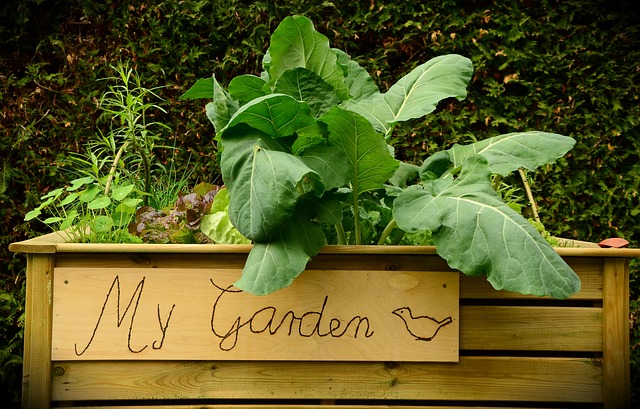How Much Dirt Does my Raised Bed Garden Need?

One of the benefits of raised bed gardening is the ability to use your own soil mix. It’s a serious advantage for those stuck living in places where the soil quality is poor or where there’s no soil to speak of (e.g., those who have a concrete yard).
But how do you figure out how much dirt you need for your raised bed? It seems daunting, but it’s really a simple math problem.
How much soil do you need?
Here’s what you need to calculate how much soil your garden bed requires:
The Dimensions of Your Garden Bed(s): What’s the total volume of the bed’s interior? Think back to high school math class now. Volume is determined by multiplying width, height, and depth.
Here’s a real-world example:
- My beds are 4 feet by 4 feet, with a depth of 3 feet. The volume of the interior is 4 x 4 x 3 = 48 cubic feet.
- If you have more than one bed, you’ll need to multiply that total to get your final volume required.
- I have four beds of this size, so I’ll need a total of 48 x 4 = 192 cubic feet of soil.
Thankfully, most soil is sold by the cubic foot, so it should be reasonably easy to figure out how many bags or truckloads you’ll need to be delivered.
Buying from somewhere that uses a different unit of measurement? Use a simple conversion calculator online.
Your Soil Mix
You’ve figured out how much soil you need to fill your raised beds. Great! Now it’s time to decide what type of mix you’ll use to fill them.
Some garden centers sell and deliver soil mixes in bulk, but they’re not always the right blend for a vegetable garden. Ask what the mix consists of before ordering.
The Square Foot Gardening Foundation recommends equal parts of the following when creating a homemade soil mix (also called Mel’s Mix) for raised beds:
- Compost (preferably from a variety of sources)
- Peat moss
- Vermiculite
The mix promotes proper airflow and drainage. It’s also filled with nutrients and doesn’t dry out as quickly as other soil mixes.
Soil Mix on a Budget
Struggling with the high cost of bags of soil, compost, vermiculite, and peat moss? Check with your local garden center to find out about the cost of soil delivery. Deliveries in bulk — dumped in your driveway or on your property and not in bags — are typically cheaper than buying bags separately.
If that still seems too pricey, consider filling your boxes with compost only. It’s not an ideal solution, but it’s a workable and affordable one.
Because my boxes are quite high, filling them was a huge and expensive challenge. I had to find workarounds to be able to fill them without enough soil.
Bulk Up Your Beds
If you’re on a tight budget, consider the use of filler materials to reach the desired soil level in your raised beds.
Use inexpensive things to bulk up your raised beds. Examples include:
- Dead leaves
- Sand
- Layers of cardboard
- Leftover dirt from construction projects (check online marketplaces for free dirt available around town)
- Rocks
- Poor-quality soil (snatch up cheap bags of filler soil at your local hardware store when it goes on sale . Fill up the bottom of your beds with the lower-quality stuff before adding a premium or custom mix on top)